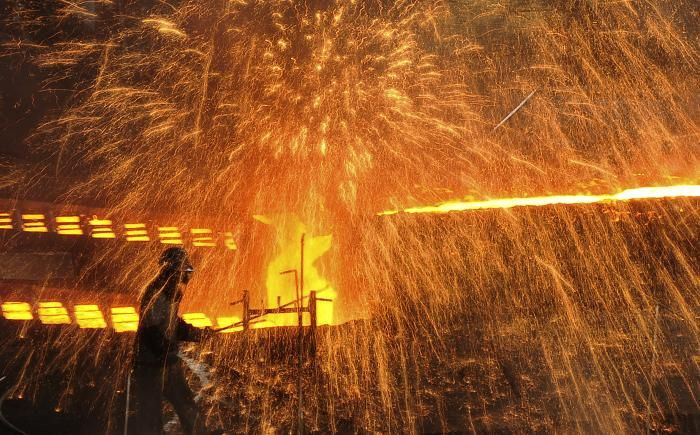China March Official Manufacturing PMI At 11-Month High; HSBC Final PMI Reading At 51.6

SHANGHAI -- Manufacturing activity in China picked up speed in March, official data showed on Monday, although the figure came in slightly below analysts’ expectations.
China's official manufacturing Purchasing Managers Index rose to 50.9 in March from 50.1 in February, according to data released by the National Bureau of Statistics. While the increase missed market expectations of a rise to 52.0, as forecast in a Reuters poll of economists, it nevertheless pushed the index to an 11-month high.
March was also the sixth consecutive month that the PMI figure stayed above 50 percent, which demarcates expansion from contraction.
“The rise in March's PMI reverses the small slowdown in January and February, showing that the economy's future direction is stable,” Zhang Liqun, an analyst at the Development Research Center, a state think tank, said in a statement accompanying the index.
Separately, HSBC’s final reading on its China manufacturing PMI for March printed slightly lower than a preliminary result, but it remained well above February's number, according to data out Monday.
The HSBC survey tracks mainly small and midsize firms in the private sector, as opposed to the mainly large, state-backed companies in the official survey.
The final HSBC PMI rose to 51.6 in March, roughly in line with a flash reading of 51.7 and up from February's 50.4. That was the fifth consecutive monthly increase and the second-fastest increase in two years.
The pickup was led by a sharp increase in new orders, the second-largest in 26 months, with the index climbing to 53.3 in March from 51.4 in February.
Inventories of finished goods increased for the first time in six months, albeit marginally. According to HSBC, a number of respondents attributed the rise to increased production on the back of stronger client demand.
Average input costs faced by manufacturers decreased, following a five-month period of inflation. However, the rate of reduction was marginal, with a number of respondents citing lower raw material costs. Output charges set by manufacturers also declined in March, for the first time since last November.
Qu Hongbin, HSBC's chief China economist, said the country's recovery continues and is mainly driven by gradually improving domestic demand conditions. He added that the decline in input prices suggests a modest pace of demand recovery and moderating inflationary pressures.
“Beijing policy makers should keep a relative accommodative policy stance in place,” Qu said.
China's economy slowed from an average annual growth rate of 11 percent in the past decade to less than 8 precent in 2012. For the second year in a row, Beijing has set its annual target for growth in gross domestic product at 7.5 percent as it tries to rebalance the Chinese economy and move away from exports and investment toward consumption and services-led growth.
© Copyright IBTimes 2024. All rights reserved.






















